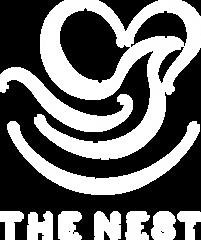

Impact Report

Presented by: Roz Holt, Founder and CEO
Dr. Monika Holgar, Program Manager
Feburary 2025
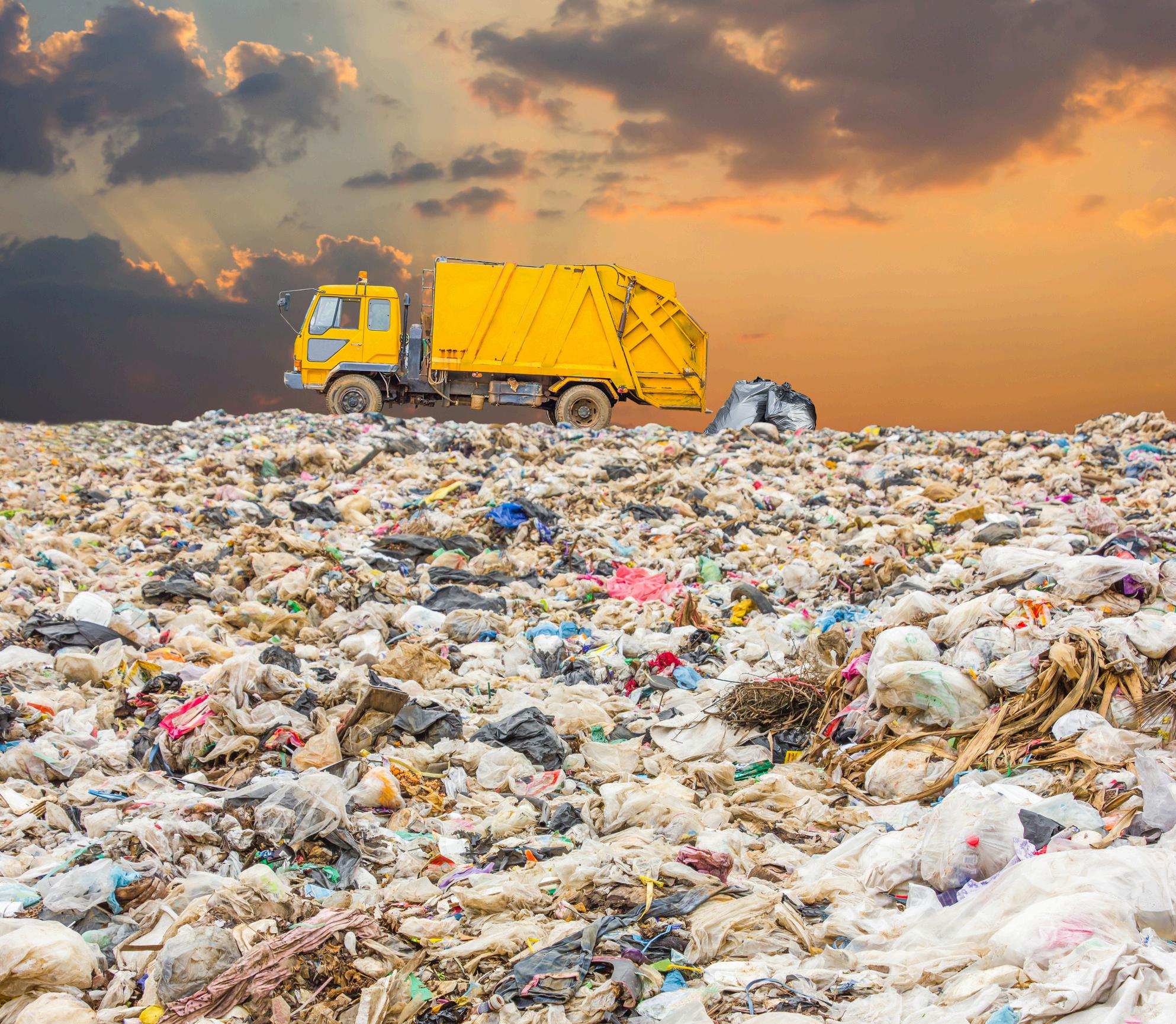
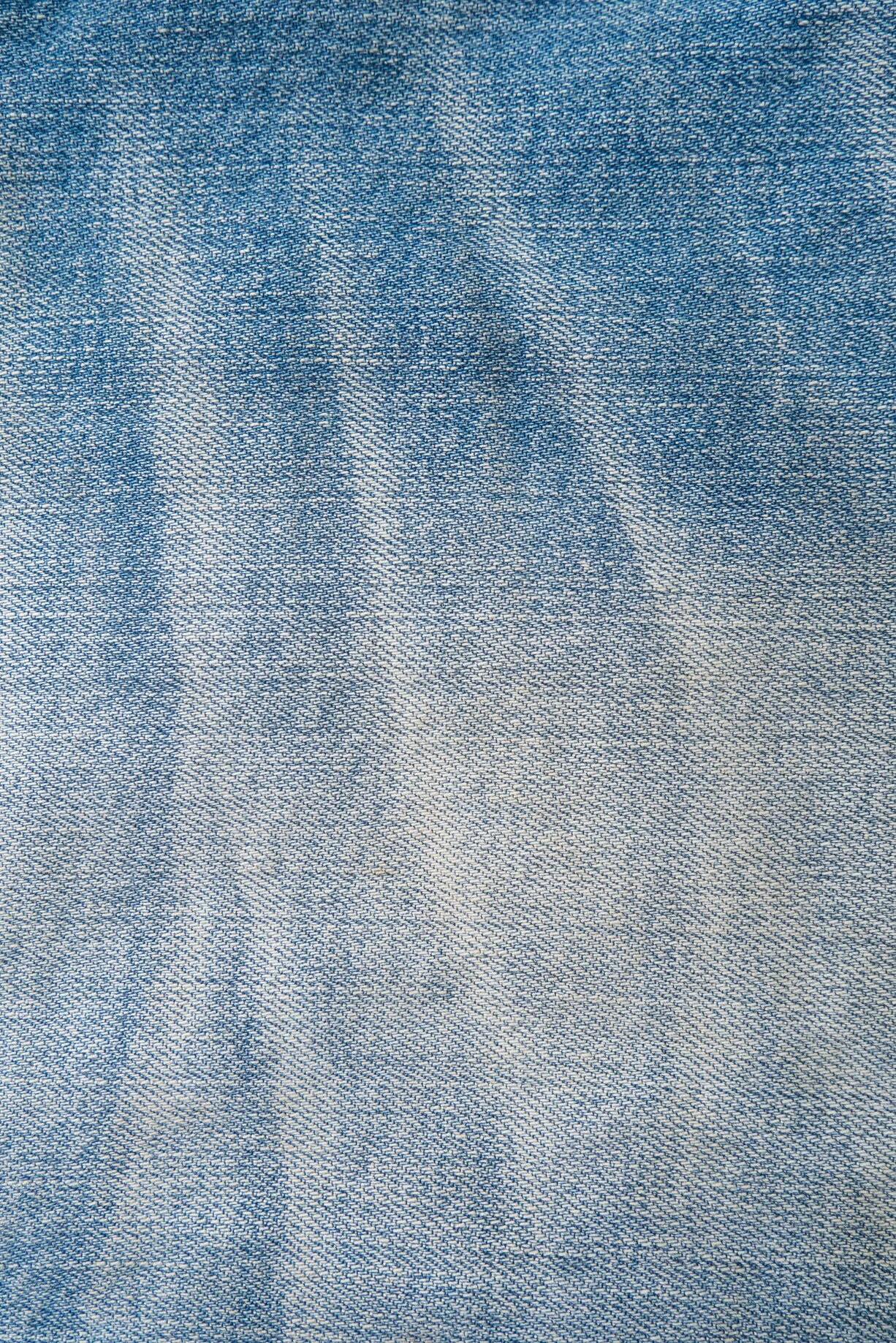
The Problem BENEATH THE FABRIC
Beneath mountains of discarded clothing and torn textiles, a deeper crisis unfolds one of overproduction, overconsumption, and lost connection to the value of what we wear.
Globally, millions of tonnes of fabric end up in landfill each year In places like India, where this image was taken, dumpsites overflow with textile waste from fast fashion’s relentless churn But the problem isn’t only over there. Australia sends over 200,000 tonnes of clothing to landfill annually almost four times the weight of the Sydney Harbour Bridge. Most of it is perfectly reusable
The Nest Community exists to change this story
We are a grassroots solution to a global crisis rescuing textiles, restoring their value, and reconnecting people with the power of making, repair, reuse, and circular design
Our work is about more than fabric; it’s about mindset. We are demonstrating what a community can do when it chooses to reclaim, repurpose, and refuse to waste.
This report shares the impact of our work not just in numbers, but in lives touched, resources saved, and the movement we ’ re stitching together
Roz Holt
THE NEST FOUNDER & CEO


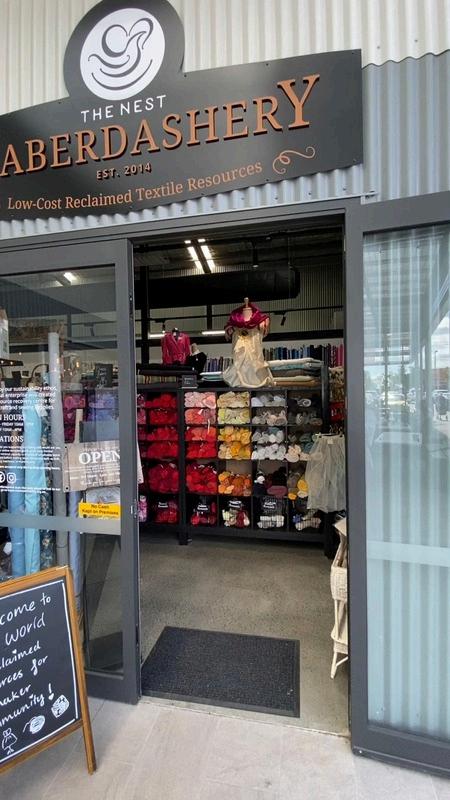

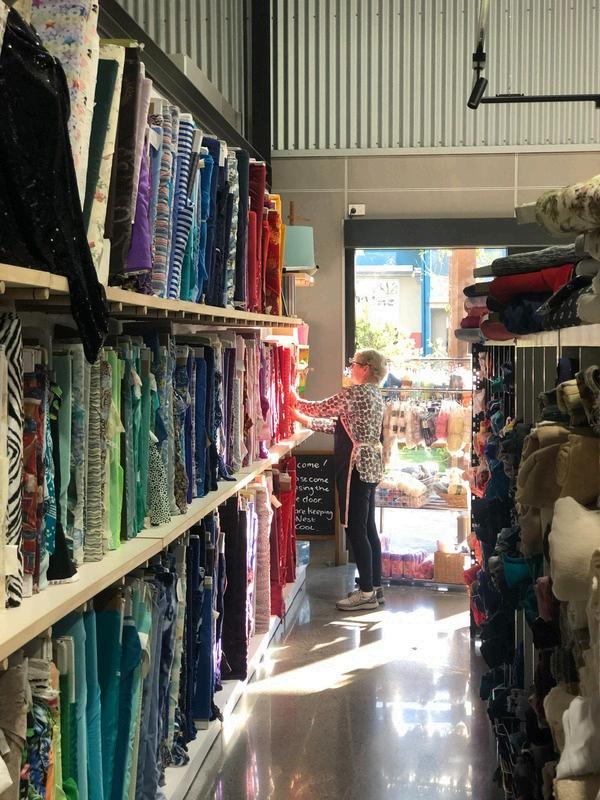

Environmental Impact
The Nest’s core mission is to divert textile waste from landfill by collecting, sorting, and re-selling or re-purposing donated fabrics and sewing supplies. What sets us apart is a holistic approach that addresses not just the material waste, but the broken systems behind it.
Through a strong network of volunteers and reuse-minded supporters, The Nest has created a viable alternative to the dominant linear textile economy.
Since 2014, over 706,632 litres of textiles have been donated to The Nest’s Textile Recovery Centre. Each piece is carefully sorted and graded by volunteers. Everything from calico and quilting cottons to threads, trims, and even sewing machines enters a thriving reuse stream that supplies schools, creatives, and everyday makers with affordable, high-quality materials.
234,905 LITRES DISCARDED RESOURCES

Remarkably, up to 70% of donations received are resold through The Nest Haberdashery a local reuse rate far higher than the 16 5% average of Australian charity shops.
Since 2014, nearly 200,000 metres of reclaimed fabric have been redistributed into the community, going on to become learning resources, wardrobe staples, craft supplies, and community gifts.
This work not only reduces waste but also helps people reimagine the value of what already exists. Our environmental commitment extends to how we operate: The Nest’s facility is solar-powered, we use no machinery in processing textiles, and we operate without any organisational vehicles—all donations are brought to us by community members It is a climate action initiative in disguise one powered by kindness, resourcefulness, and creativity.
REPACKAGED
139, 470 ITEMS RECIRCULATED

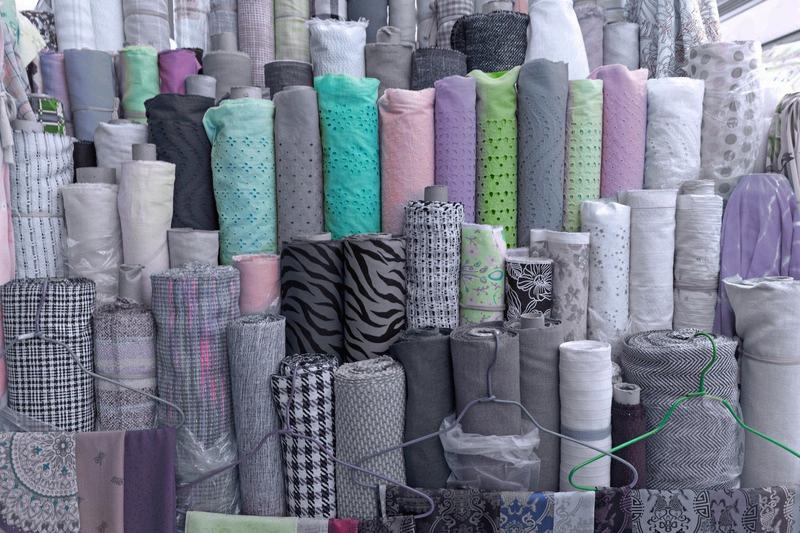

706,632
Litres of textile resources and equipment processed SINCE 2014
198,791
Metres of fabric diverted, repurposed and recireculated
260,786
Volunteer hours in recovering and repackaging resources





before after
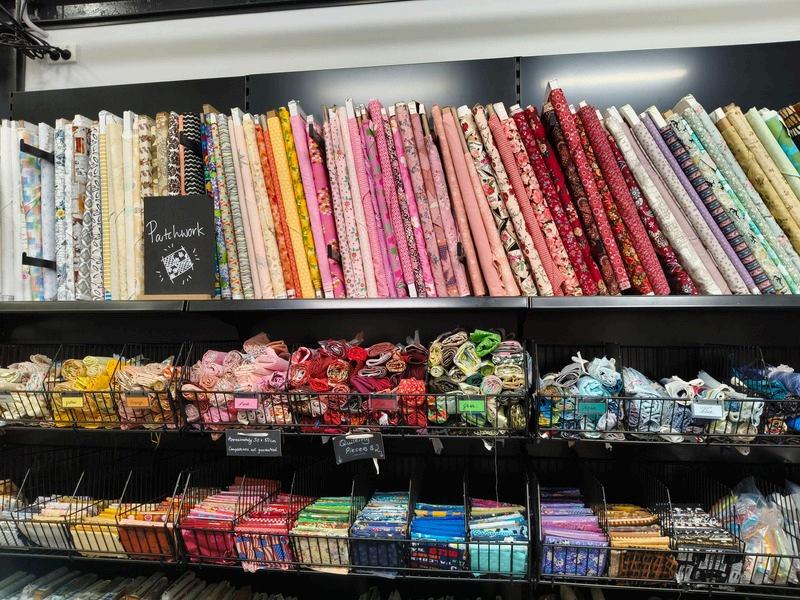

RECIRCULATED
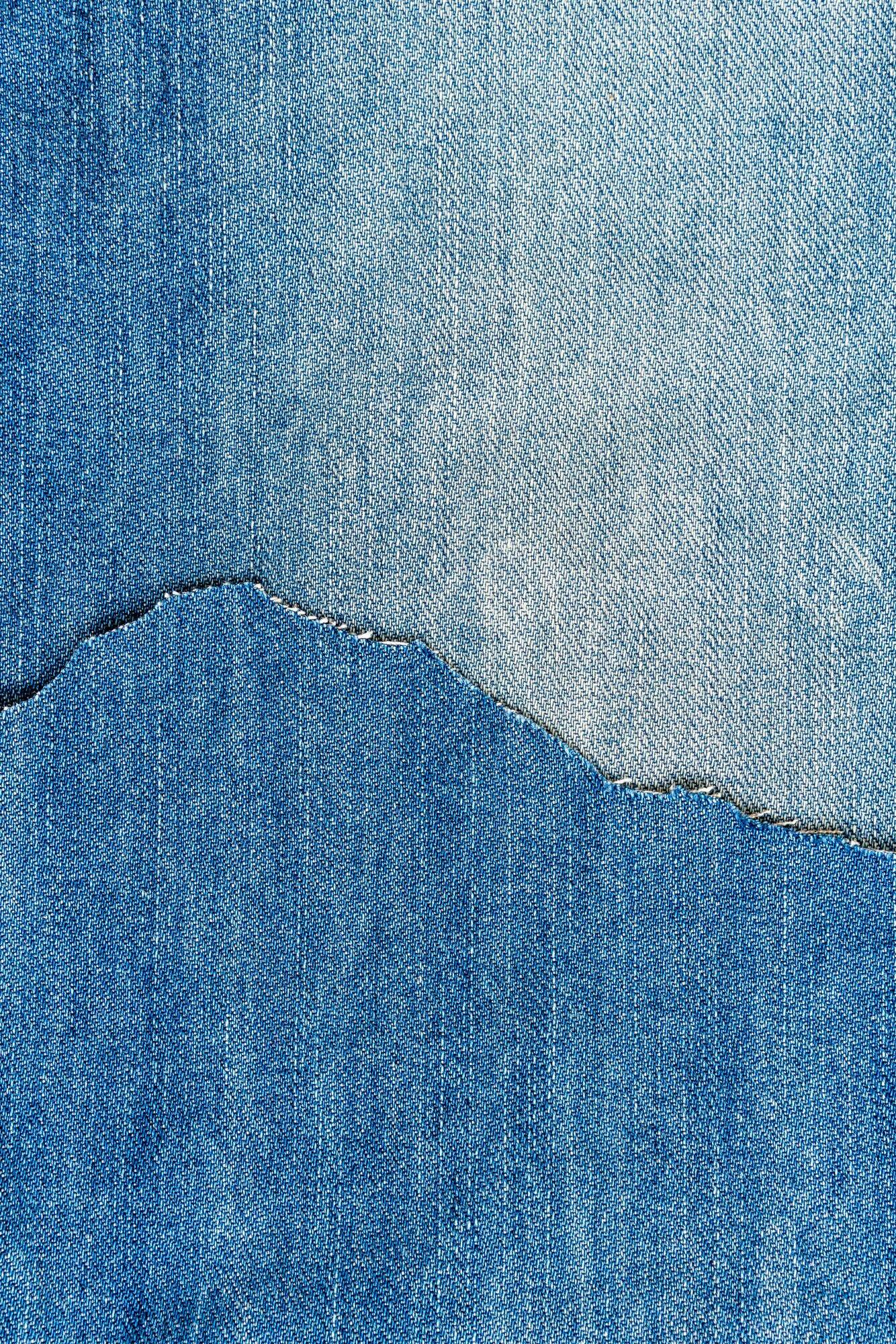

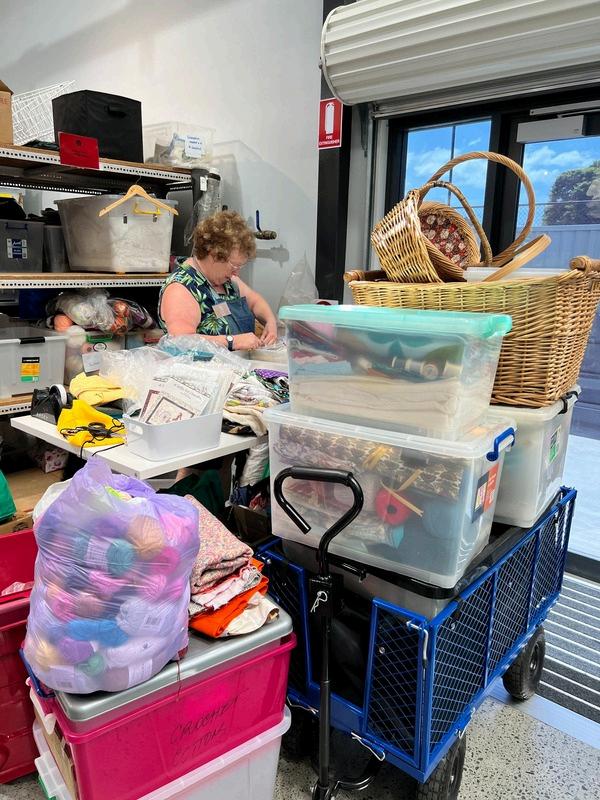

Economic Impact
The Nest operates a self-funded social enterprise model, with all profits from the retail Haberdashery reinvested into community programs and waste recovery operations. Sales of fabric, buttons, yarn, and other haberdashery items fund both the Recovery Centre and educational workshops, creating a sustainable ecosystem that connects reuse with community education and inclusion.
The Nest has grown to employ 12 staff: a full-time CEO and Program Manager, as well as part-time roles including an Administration Manager, Graphic Designer, and Program Coordinators. This small but committed team, equating to 5 FTE, is supported by approximately 120 active volunteers who power much of the day-to-day activity and program delivery.
In 2024, the organisation experienced significant revenue growth, driven by increased foot traffic and textile
donations following the relocation to the Brendale hub. This financial success enabled deeper investment in infrastructure, team capacity, and program expansion. All revenue generated by The Nest is reinvested directly into operations, staff development, and community programming, reinforcing the organisation's commitment to circular, community-driven economic sustainability. The reclaimed materials sold through The Nest Haberdashery are priced at up to 60% less than standard retail, increasing affordability and access while encouraging more people to choose sustainable options.
The Nest’s economic model proves that sustainability and financial independence can coexist, demonstrating how local enterprise, volunteerism, and values-aligned operations can collectively build resilience and scale social good.


Estimated Market Share of Australian Fabric Retailers



0 100,000 200,000 300,000 400,000 500,000 600,000 700,000

HABERDASHERY ORGANISATION
EXPENSES

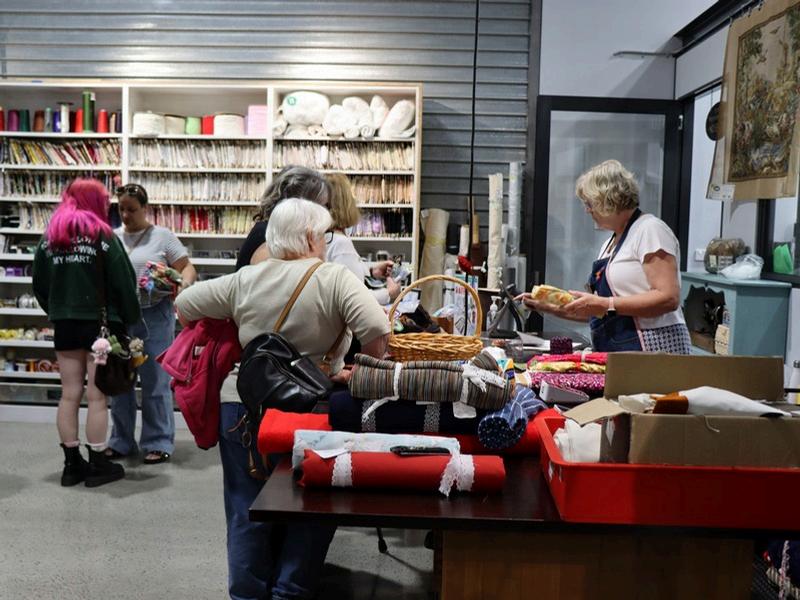
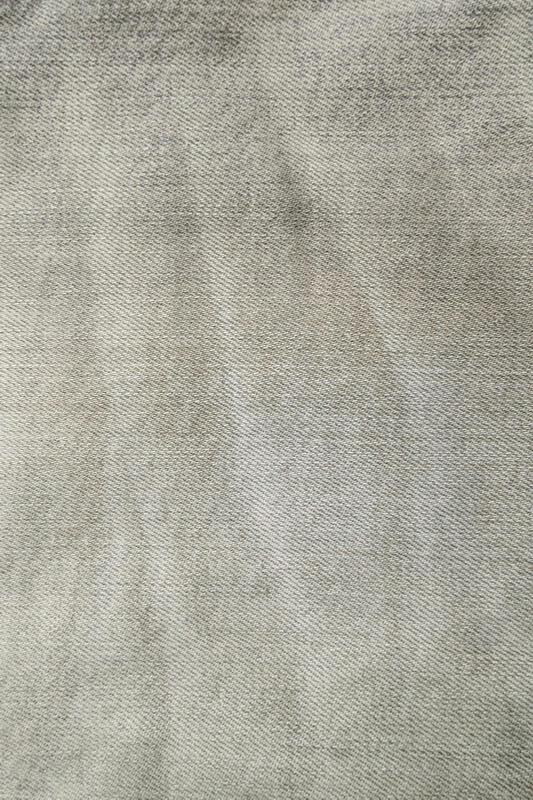
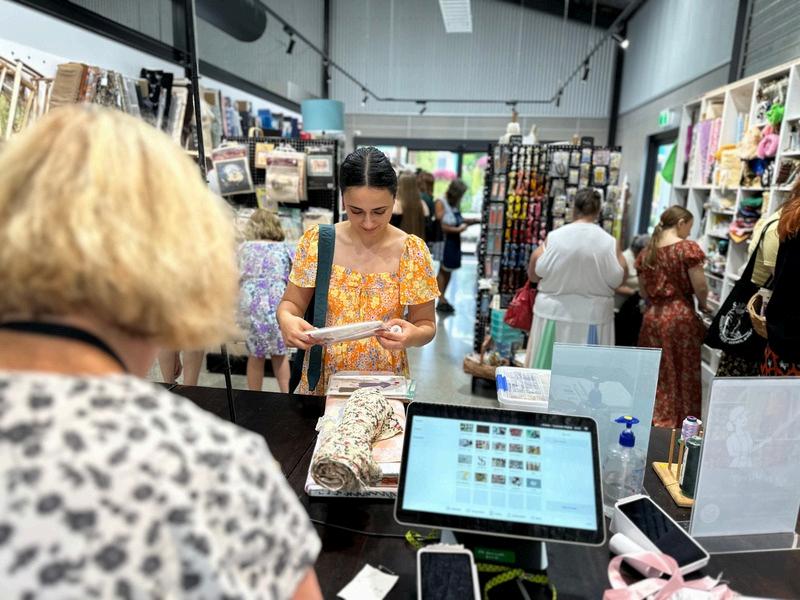
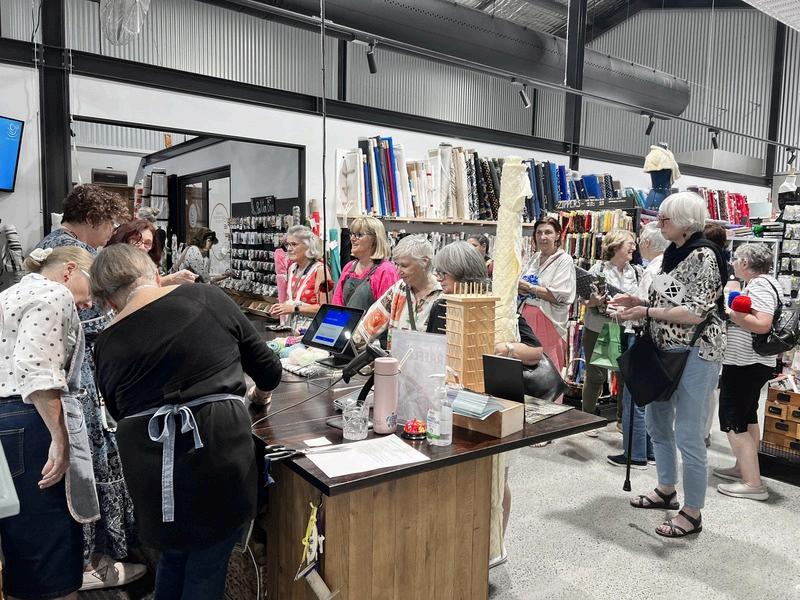
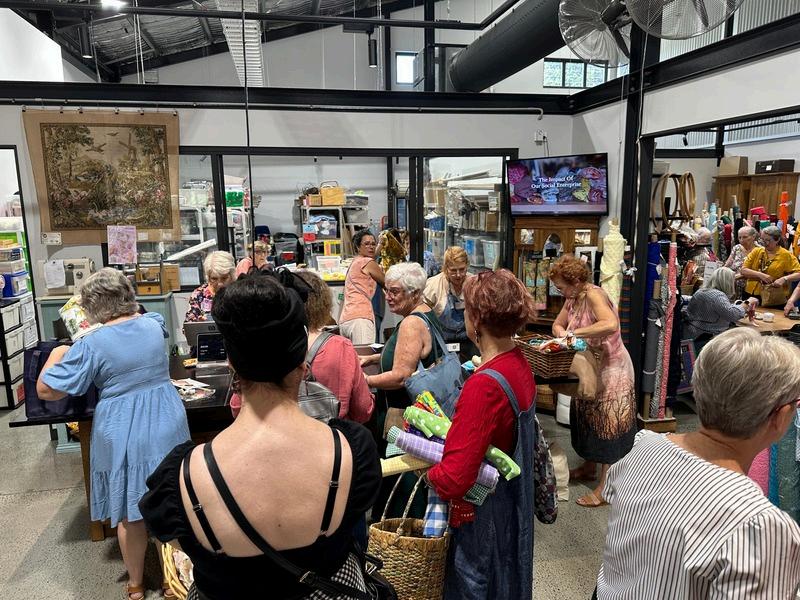

Social Impact
The Nest is a vibrant, inclusive community hub that welcomes over 650 people each week, including donors, customers, volunteers, and program participants. Its programs are intergenerational, skill-based, and often life-changing. What makes this impact so powerful is the intentional way we have created a space for all people to contribute and connect, no matter their age, background, or ability.
The Exchange Project pairs volunteers with teenage girls from local high schools, building confidence and resilience through creative mentoring. Participants gain skills in sewing and mending while developing trust, pride, and self-expression Teachers and carers have reported significant improvements in student confidence, resilience, and emotional well-being
Our Turbo Rolling Bees offer a fun opportunity for team-building, community giving, resource recovery learning, and textile therapy.
The final bonus is that by lending a hand with our resource recovery work, groups are rewarded with a whopping $500 resource voucher.
Reclaimed resources have been gifted to Girl Guides, schools, and other grassroots initiatives, helping organisations access materials they otherwise could not afford. These initiatives embed environmental values into the culture of schools, workplaces, and homes across the region.
Volunteers many of them retired or socially isolated contribute almost 400 hours weekly. Their efforts support wellbeing, friendship, and purpose. Many describe The Nest as their “happy place”
The Nest also celebrates textile heritage through exhibitions, supports sustainable learning with free materials for QUT students, and reaches wider audiences through its digital magazine Zigzag and social media storytelling


21new community partners
connected through our Turbo Rolling Bee initiative
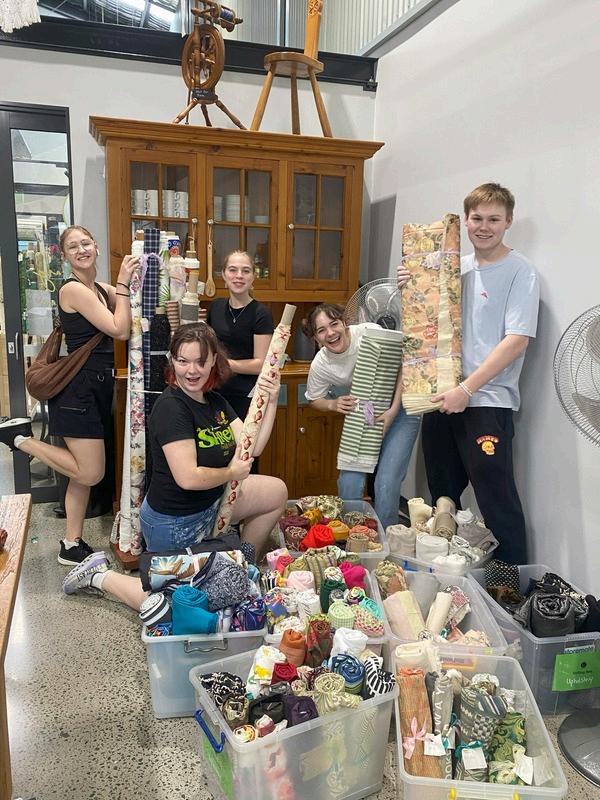

800 customers
attend special events like our vintage and handmade craft stalls
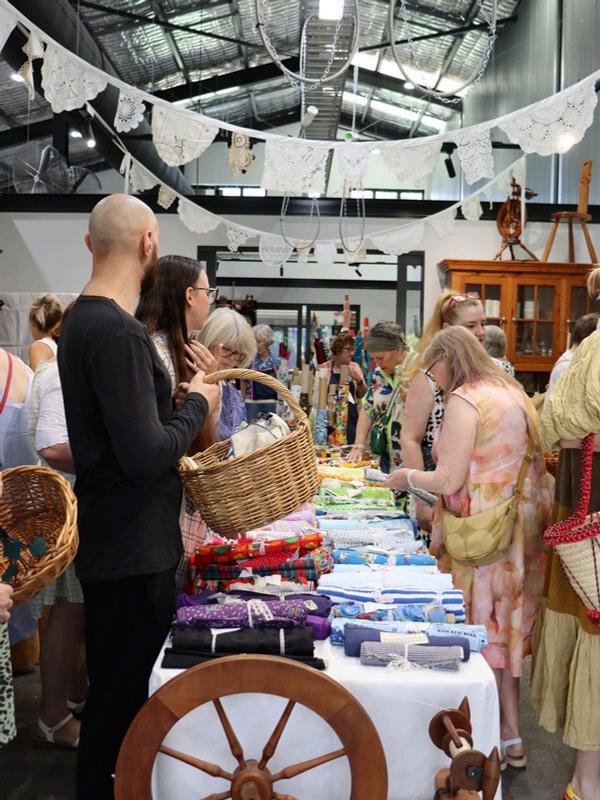


250 students
participated in our free mentoring program over 4 years
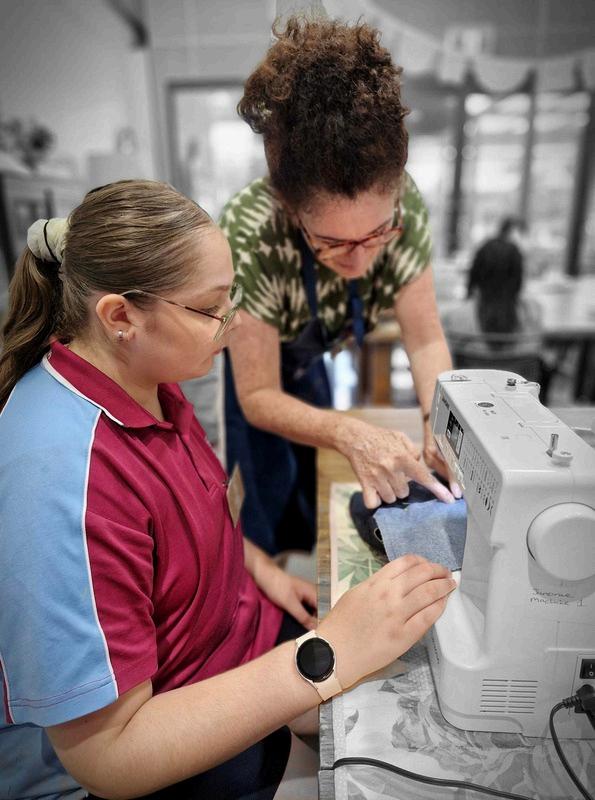

275 participants
participate in our LEARN 2 beginner craft classes annually
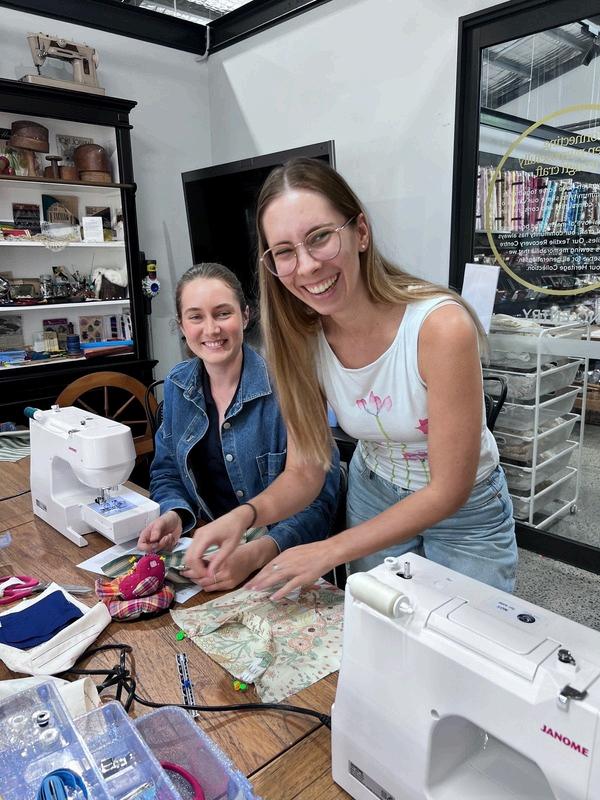

120 volunteers
weekly connection together and with customers


66.5K
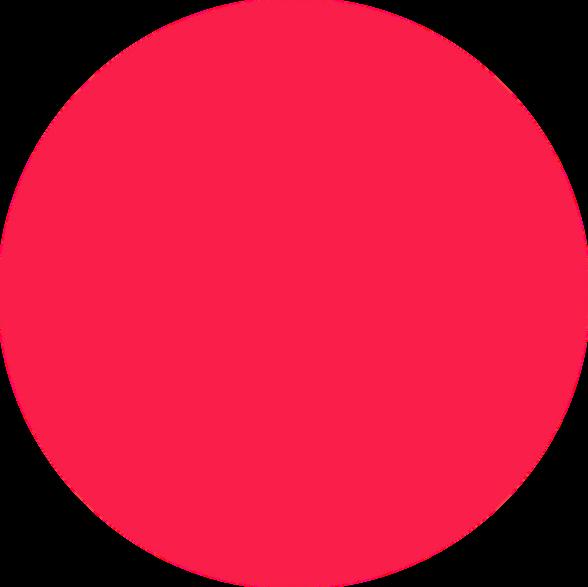

























ANNUAL COMMUNITY ENGAGEMENT
Our reach is growing with powerful momentum, reflecting both the strength of our mission and the need it meets From Brisbane to communities across Australia and beyond, The Nest Community now connects with over 66,500 people each year a vibrant mix of donors, customers, volunteers, and supporters This includes 2,000 generous donors (some even share their resources by post!), 23,000 value-


driven customers, a thriving online audience of 40,000, 120 incredible volunteers, and a dedicated team of 12 staff members. Together, they form the living fabric of our impact And this collective continues to grow by an average of 40% each year—as more people discover that circularity, creativity, and community care aren’t just ideals, but lived experiences they can be part of

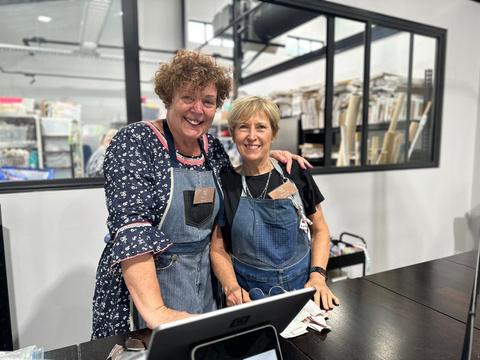
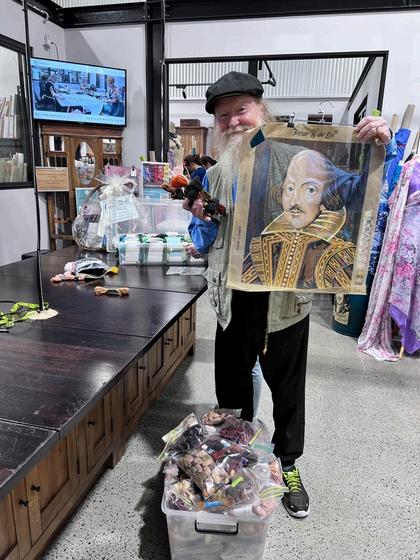

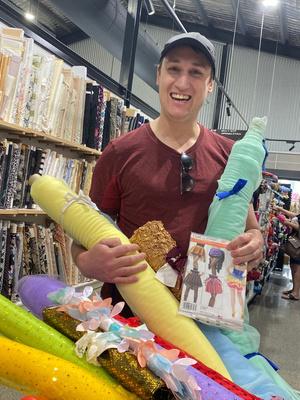
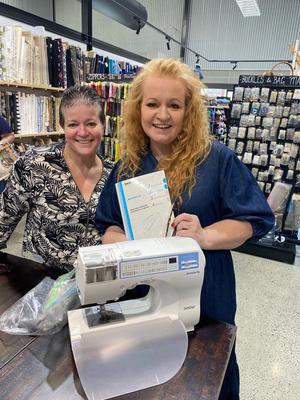
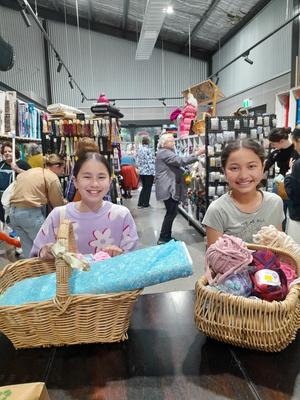

Woven for Good
Tackling textile waste isn’t a burden; it’s a shared act of creation, community, and care. Each year, over 70 million tonnes of synthetic fabric are produced globally, much of it spun from fossil fuels and destined for wardrobes that wear out faster than the seasons change Unlike natural fibres, these synthetics, like polyester, nylon, and acrylic, can take up to 200 years to decompose in landfill, slowly unraveling into microplastics that haunt our soil, waterways, and wildlife Choosing to mend, share, and repurpose fabric isn’t just a hobby; it’s a radical act of resistance against waste, and a joyful stitchingtogether of people and planet.
The Nest Community Impact Report 2025


